Top 5 High Fiber Foods You Should Eat
What Is Fiber in Food and Why Should You Care About It? Find out about the power of fiber and how it helps you live a healthy life as we look at the top 5 high-fiber foods you should eat every day. Fiber is an important part of plant-based foods that is good for your health in many ways. It is an essential nutrient for your general health. Not only does it aid in digestion, but it also helps control blood sugar levels, improves heart health, and helps control weight. So, how much fiber should you eat every day? The American Dietetic Association says that people should get 25 to 30 grams of fiber a day for women and 38 grams a day for men. But this requirement isn't always met by the average American diet. By adding fiber-rich foods to your meals, you can easily increase the amount of fiber you eat, improve your general health, and start your journey to a more vibrant and energetic you. Let's look at the top 5 high-fiber foods that you should eat for a healthy and balanced diet.
Legumes and Beans
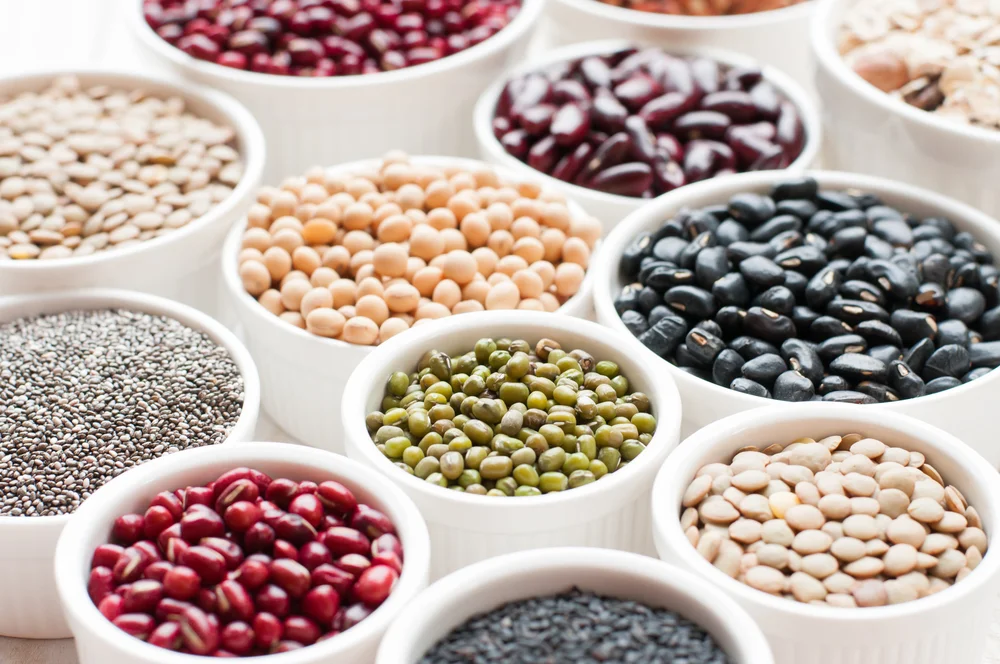
Legumes and beans are some of the most fiber-rich foods available. They are also an excellent source of protein, vitamins, and minerals. One cup of cooked beans can contain between 12-18 grams of fiber, depending on the type of bean. Examples of high-fiber legumes and beans include:
Whole Grains
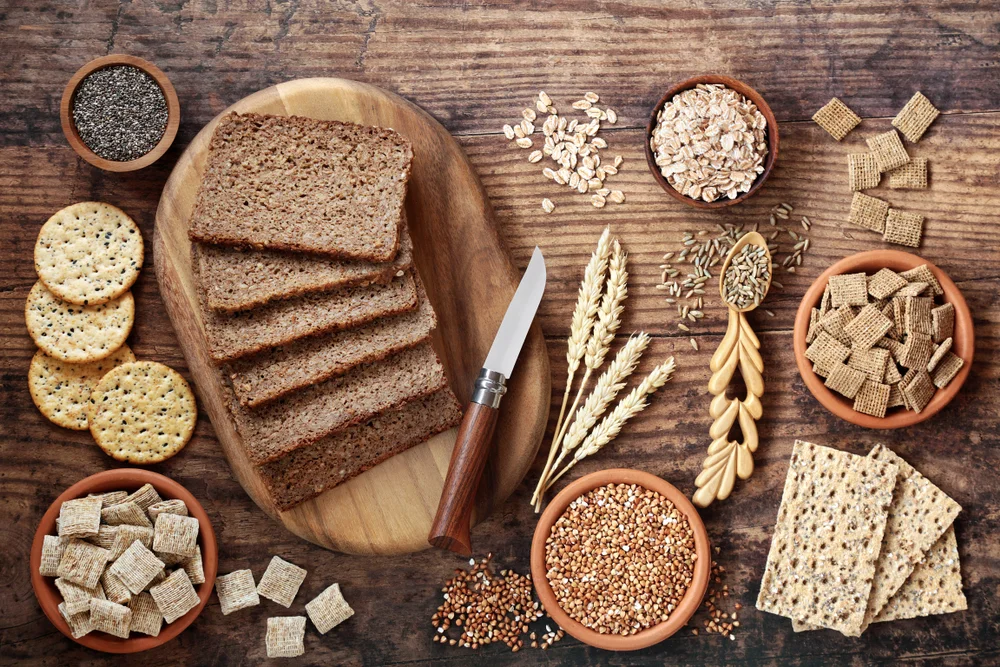
Whole grains are another excellent source of fiber. Unlike refined grains, whole grains contain the entire grain kernel, which provides more fiber, vitamins, and minerals. Examples of high-fiber whole grains include:
Nuts and Seeds
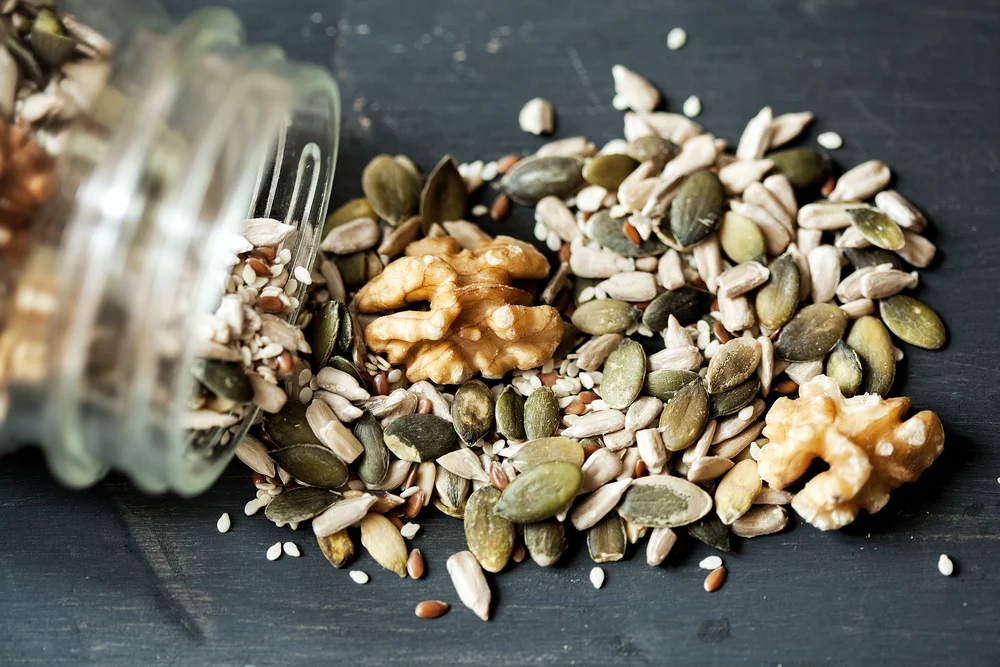
Nuts and seeds are a great source of fiber, as well as protein, healthy fats, and antioxidants. They are also naturally low in sugar. Some of the high-fiber nuts and seeds include:
Fruits
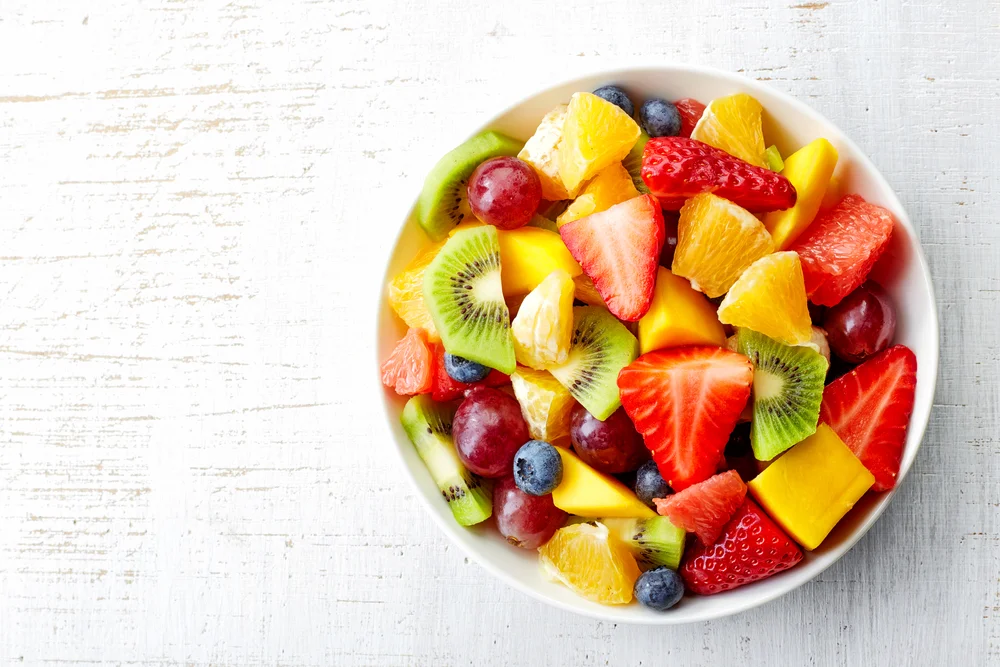
Fruits are a great source of fiber, as well as vitamins and antioxidants. They are also naturally low in fat and calories. Some of the high-fiber fruits include:
Vegetables
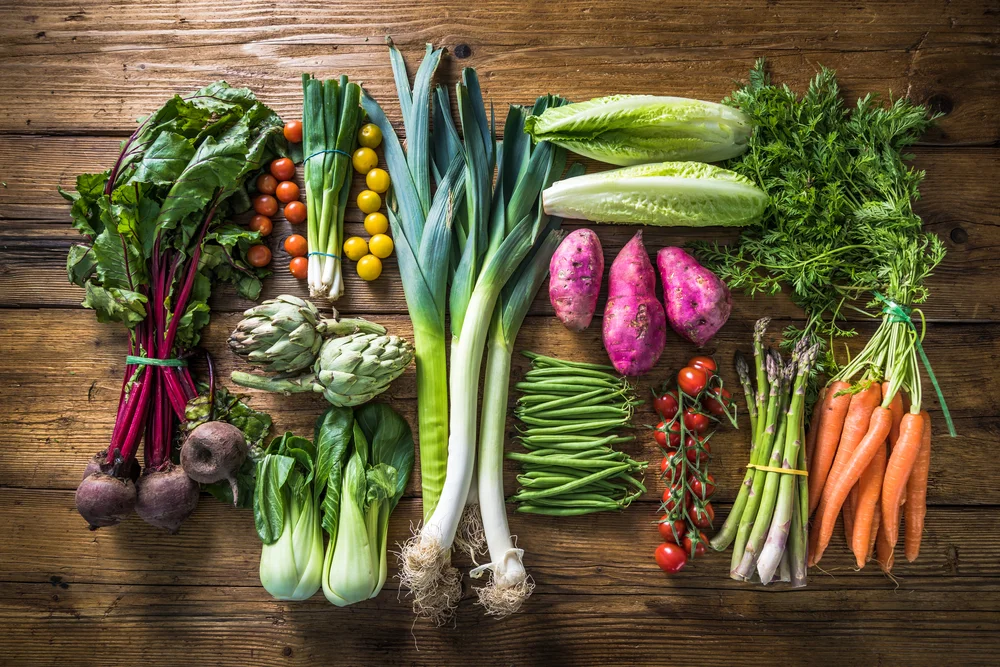
Vegetables are another excellent source of fiber, as well as vitamins and minerals. They are also naturally low in calories and fat. Some of the high-fiber vegetables include:
In conclusion, incorporating high-fiber foods into your diet is an important way to support digestive health, regulate blood sugar levels, and promote heart health. Including a variety of high-fiber foods from different food groups can help ensure that you are getting enough fiber in your diet.













